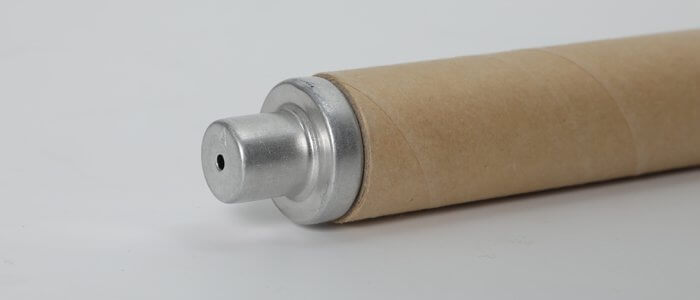The disposable thermocouple is a fundamental device in the realm of temperature measurement and control. Widely used in steel plant applications, this simple yet effective tool plays a crucial role in ensuring accurate temperature readings and maintaining optimal conditions in various processes.
I. The Basics of Disposable Thermocouple:
Principle of Operation: Thermocouples operate on the principle of the Seebeck effect, discovered by German physicist Thomas Johann Seebeck in 1821. This phenomenon states that when platinum rhodium wires are joined at both ends to form a loop and one of the junctions is exposed to a temperature gradient, a voltage is generated. This voltage, known as the Seebeck voltage, is directly proportional to the temperature difference between the two junctions.

Common Types of Thermocouples: There are various types of disposable thermocouples, each constructed using different platinum rhodium wire combinations to suit specific temperature ranges and environmental conditions. Some common types include Type R, Type S, and Type B, among others.
II. Anatomy of Disposable Thermocouple:
Hot Junction (Measuring Junction): The hot junction is the point where the platinum rhodium wires are joined and exposed to the temperature being measured. This is the critical site where the Seebeck effect comes into play, generating the voltage signal that corresponds to the temperature.
Cold Junction (Reference Junction): The cold junction serves as the reference point for the temperature measurement. In many practical applications, the cold junction is maintained at a known temperature, often through the use of an ice bath or a temperature-controlled environment. The voltage generated at the hot junction is then compared to the reference temperature to obtain an accurate temperature reading.
Sheath or Protective Covering: To safeguard the thermocouple from harsh environments or corrosive substances, a protective covering or sheath is often added. The sheath material can vary depending on the intended application.
III. Functions of Each Part:
Hot Junction (Measuring Junction):
Generates a voltage signal based on the Seebeck effect.
Serves as the primary site for temperature measurement.
Cold Junction (Reference Junction):
Acts as a reference point to compare the generated voltage.
Provides a stable and known temperature for calibration.
Sheath or Protective Covering:
Shields the thermocouple from external factors like corrosion or mechanical damage.
Extends the lifespan of the disposable thermocouple in challenging environments.
Conclusion:
Understanding the anatomy and functions of each part of a thermocouple is essential for appreciating its role in temperature measurement. The disposable thermocouple’s reliability and versatility make it an indispensable tool for maintaining precision and control in temperature-sensitive environments.

